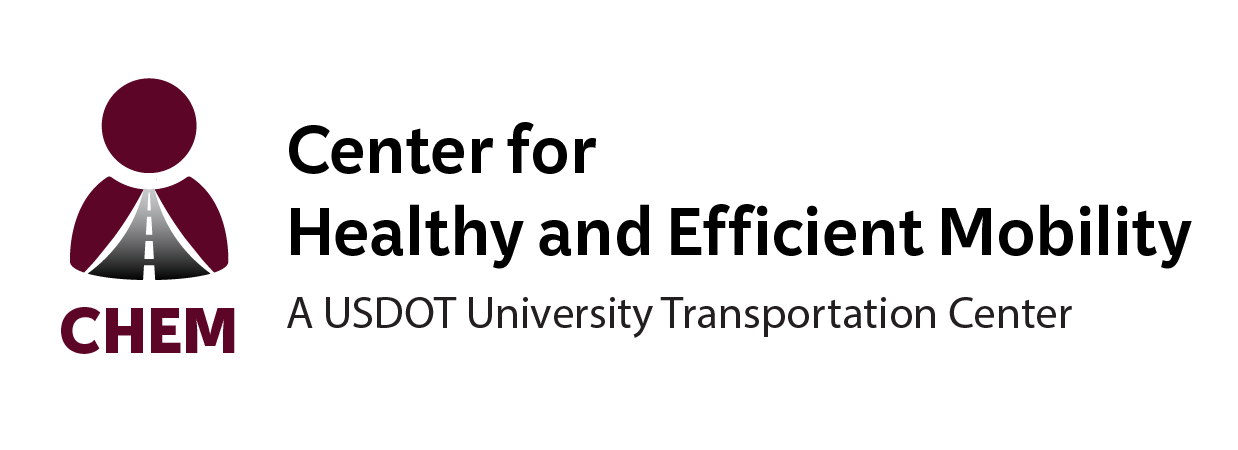How it Helps
Implementing
Understanding Needs:
Equity Concerns:
To provide transportation affordably and equitably means to—at all project stages—deliver transportation projects that ensure and improve comparable transportation system performance and infrastructure, reasonable and affordable transportation options, access to jobs and essential destinations, and competitive options for freight movement. It also means lowering transportation costs for lower-income communities, equitably reducing maintenance- or construction-related delays, and maintaining or improving transportation options during maintenance periods for all.
Other Considerations:
Location and situation of these services or connections is important to consider, as are the facilities and amenities themselves.
Examples
1) Tennessee Department of Transportation Multimodal Access Grant
TDOT’s Multimodal Access Grant is a state-funded program that aims to support multimodal infrastructure projects that serve public transportation users, pedestrians, bicyclists, and other road users. Projects are evaluated based on safety issues, connections to community destinations, local support, and economic development potential.
